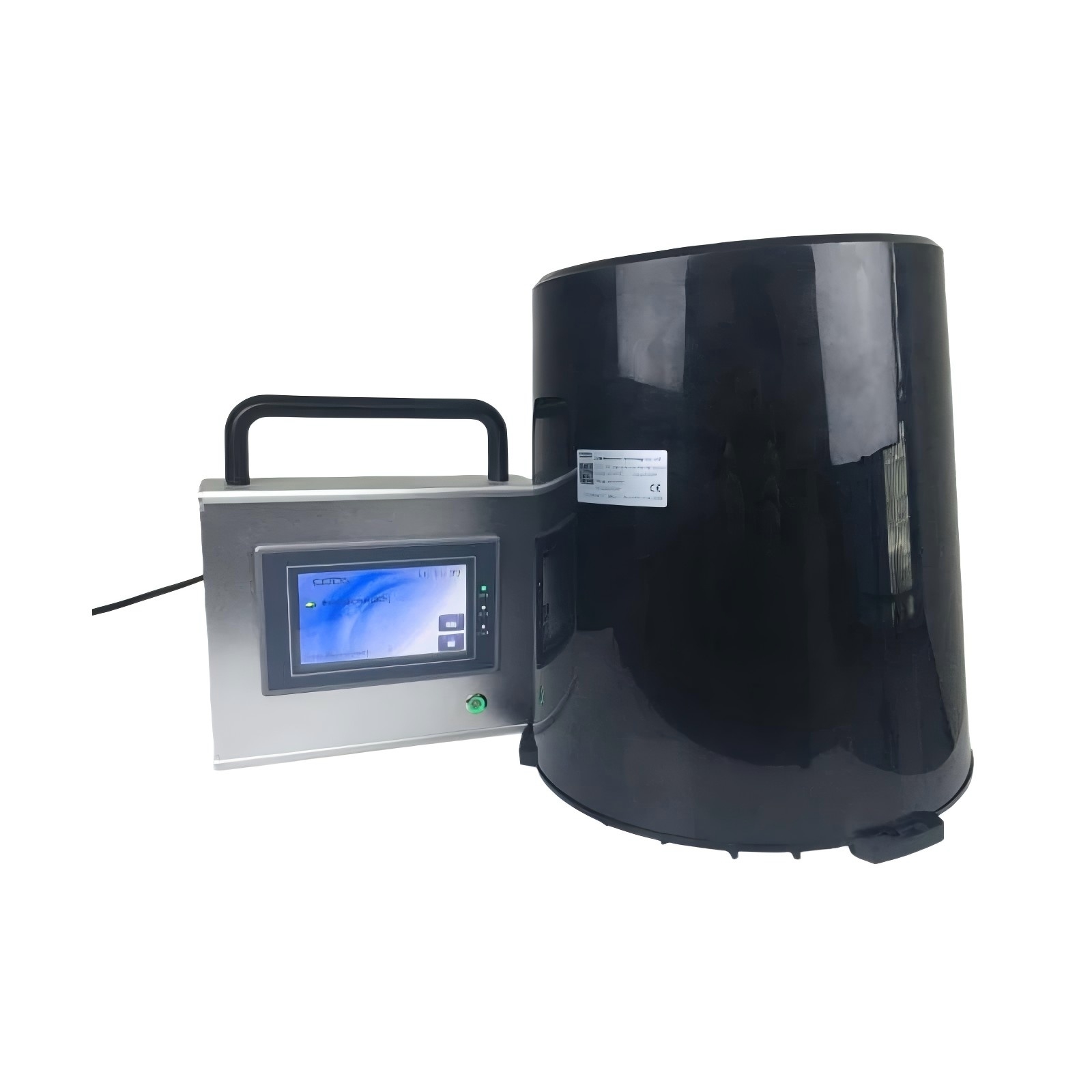Introduction
Floods are among the most devastating natural disasters, causing significant damage to infrastructure, agriculture, and human lives. Accurate rainfall monitoring is essential for predicting potential flood risks, allowing authorities, farmers, and communities to take proactive measures. A rain gauge for flood prediction is an important tool. It measures how much it rains, tracks rainfall trends, and gives data for flood forecasts.
A rain gauge is an instrument used to measure the amount of precipitation over a specific period. Modern rain gauges, especially wireless ones with data logging, send real-time rainfall data to monitoring systems. This helps assess flood risk more efficiently. These devices play a crucial role in hydrology, meteorology, and disaster management.
Collects continuous rainfall data to identify heavy precipitation events.
Transmits data to weather stations, government agencies, and disaster management centers.
Provides early warnings for potential flooding.
Threshold-Based Alerts
Authorities set rainfall thresholds based on historical flood data.
Once rainfall exceeds safe levels, automated alerts notify residents and officials.
Helps in early evacuation and disaster preparedness.
Historical Rainfall Data Analysis
Helps meteorologists analyze long-term rainfall patterns.
Identifies high-risk flood zones based on past data.
Assists urban planners in designing better drainage systems.
Integration with Hydrological Models
Rain gauge data is combined with river level sensors and soil moisture sensors.
Predicts water accumulation levels and flood-prone areas.
Enhances accuracy in weather forecasting and flood simulation models.
Improved Drainage and Water Management
Helps governments optimize stormwater drainage systems.
Supports floodplain management by assessing water retention capacity.
Reduces urban flooding risks by planning effective water diversion strategies.
Tipping Bucket Rain Gauges
Measures rainfall intensity in real-time.
Self-emptying mechanism ensures continuous operation.
Ideal for meteorological and flood monitoring stations.
Weighing Rain Gauges
Measures rainfall based on the weight of accumulated water.
Provides highly accurate precipitation data.
Suitable for scientific research and extreme weather monitoring.
Optical and Laser-Based Rain Gauges
Uses advanced technology to measure rainfall without physical collection.
Ideal for urban flood prediction where real-time monitoring is crucial.
IoT-Enabled Smart Rain Gauges
Transmits data to cloud platforms for real-time analyzing.
You can integrate it with flood warning systems and mobile applications.
Provides AI-driven insights for predictive flood modeling.

Strategic Placement: Install near rivers, floodplains, or urban drainage points for accurate flood risk assessment.
Regular Maintenance: Clean sensors and ensure calibration to avoid measurement errors.
Data Analyzing: Compare real-time readings with historical rainfall data to predict flooding trends.
Integration with Weather and Hydrological Systems: Connect with water level sensors, soil moisture sensors, and meteorological stations for comprehensive monitoring.
Automated Alerts and Response Plans: Enable notification systems to warn communities in case of excessive rainfall.
Coda Sensor provides accurate rain gauges for governments, weather agencies, and disaster response teams. These gauges log data to help predict floods effectively.
Coda Sensor’s rain monitoring solutions give real-time data on rainfall. They easily connect with flood management systems. They also send automated alerts for early warnings. By leveraging Coda Sensor’s technology, communities can improve flood preparedness and minimize disaster impacts.
Using a rain gauge for flood prediction is a critical step in mitigating flood risks and enhancing disaster preparedness. With real-time monitoring, historical data analysis, and integration with hydrological models, rain gauges provide valuable insights into potential flood threats. Coda Sensor provides advanced rain gauge solutions. These help meteorological agencies and disaster management teams predict and respond to floods better.
Learn how CODA Sensor solar radiation and PAR se
Discover how real-time weather station data impr
Discover how Automatic Weather Stations (AWS) ar
Contact: Molly
Phone: +86-17775769236
Tel: 86-0731-85117089
Email: molly@codasensor.com
Add: Building S5, Aux Square, Yuelu District, Changsha City, Hunan Province, China
We chat